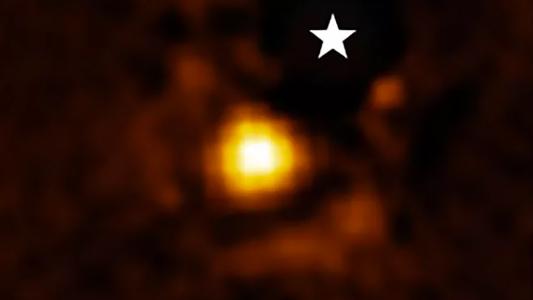Astronomy
The technology we (or aliens) need for long-distance interstellar travel
Interstellar distances are vast, and extremely advanced technology will be required if we (or aliens) want to visit other star systems.
Astronomers unveil world’s largest digital camera
In 2024, the LSST Camera will begin a 10-year-long survey of space that could revolutionize astronomy — if LEOsats don’t get in the way.
SpaceX wants to save Hubble. NASA may be on board.
NASA and SpaceX may use a Dragon spacecraft to boost the Hubble Space Telescope into a higher, life-saving orbit.
Webb, Hubble capture spacecraft slamming into asteroid
DART collision images captured by NASA's Hubble and James Webb space telescopes show what happens when a spacecraft slams into an asteroid.
A neural network discovered Copernicus’ heliocentricity on its own
Scientists trained a neural network to predict the movements of Mars and the Sun, which placed the Sun at the center of our solar system.
Elon Musk: Starship rocket “highly likely” to fly in November
SpaceX’s massive Starship rocket is “highly likely” to complete its first orbital test flight in November 2022, according to CEO Elon Musk.
China has discovered a brand new moon mineral
A new moon mineral discovered by China contains helium-3, an element that could one day fuel nuclear fusion reactors on Earth.
Continents may be the key to whether exoplanets can harbor life
New simulations of continent distribution could help astronomers assess whether newly-discovered exoplanets may be habitable.
What are wormholes? An astrophysicist explains
A wormhole is like a tunnel between two distant points in our universe that cuts the travel time from one point to the other.
NASA’s James Webb takes its first direct image of an exoplanet
NASA’s James Webb Space Telescope (JWST) has directly observed an exoplanet for the first time — ushering in a new era of exoplanet research









